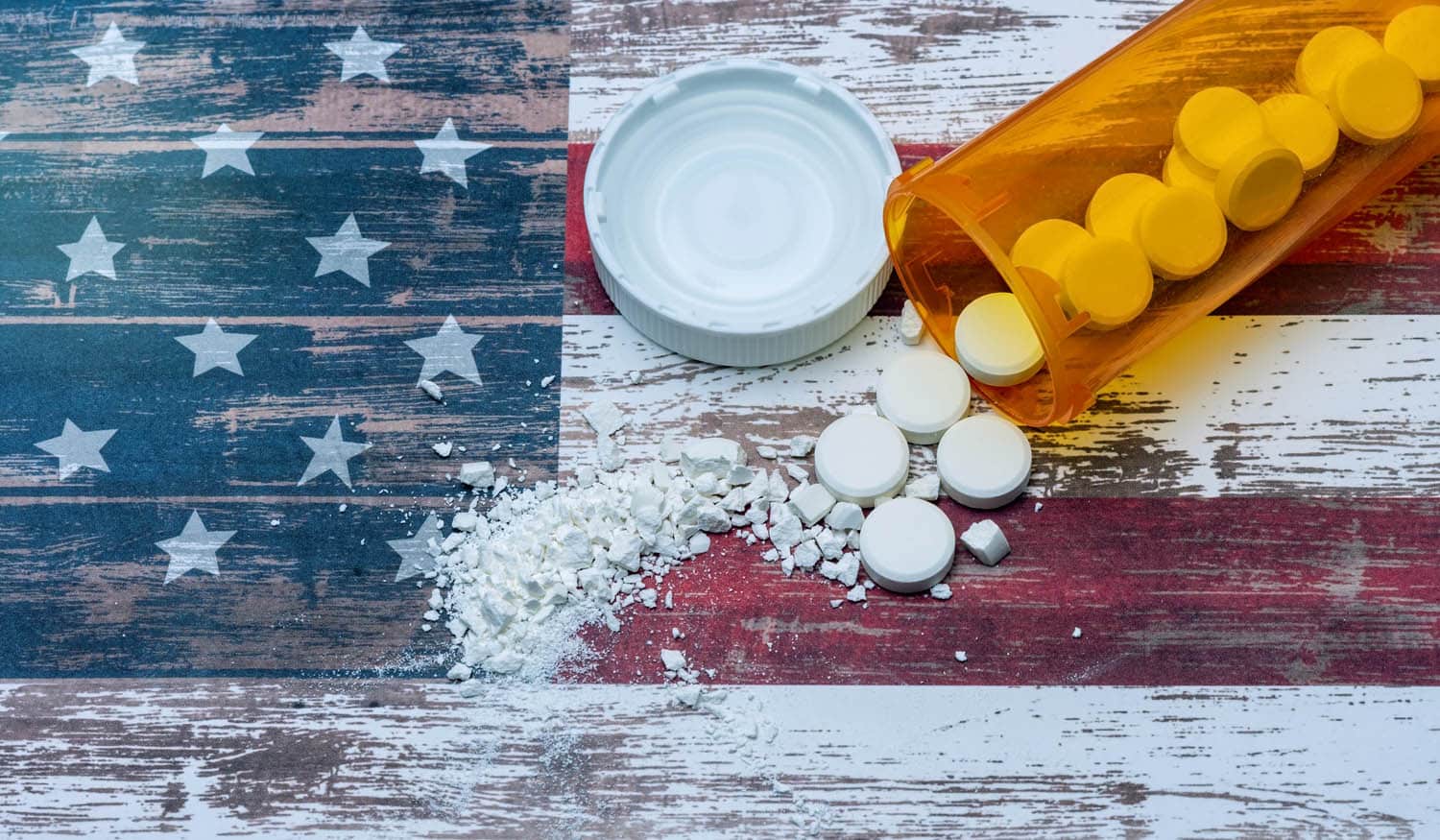Drug addiction often involves many different substances and is certainly not limited to only illegal drugs. Drug seeking behaviors can be developed from a legally-obtained prescription from a doctor, this happens quite often. One of the leading causes of drug addiction in the United States is the over-prescription of pain-blocking narcotics. These painkillers are quite […]










